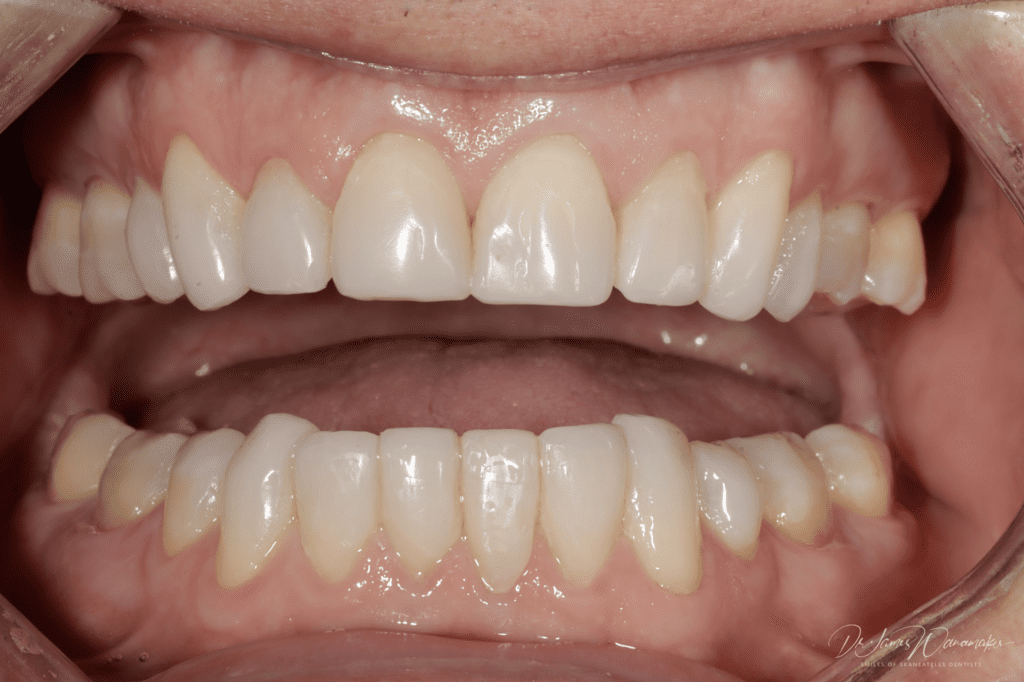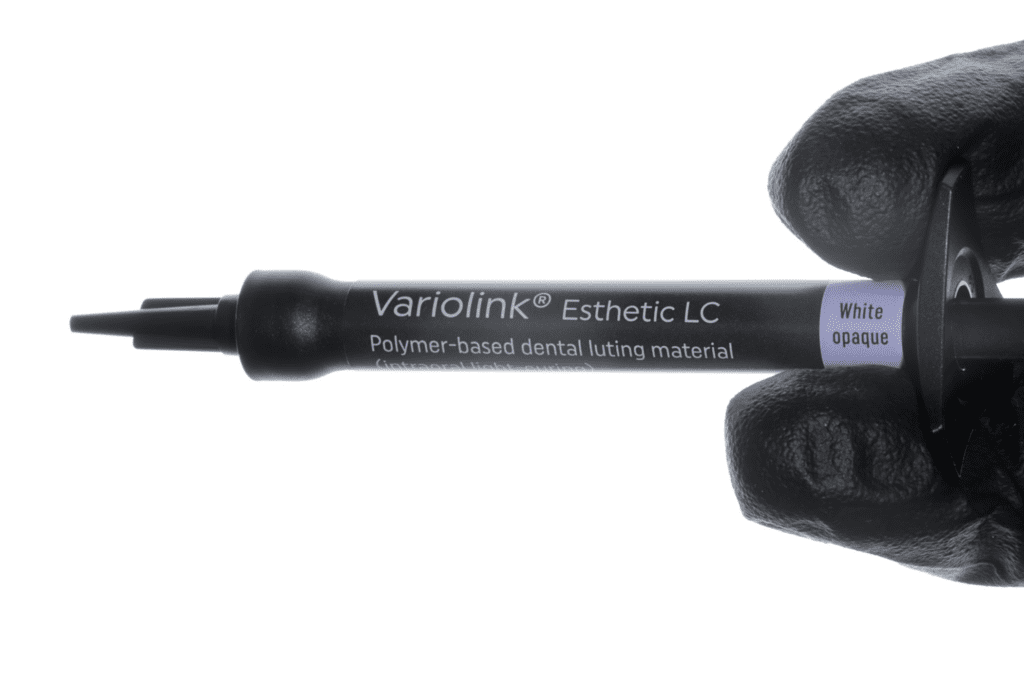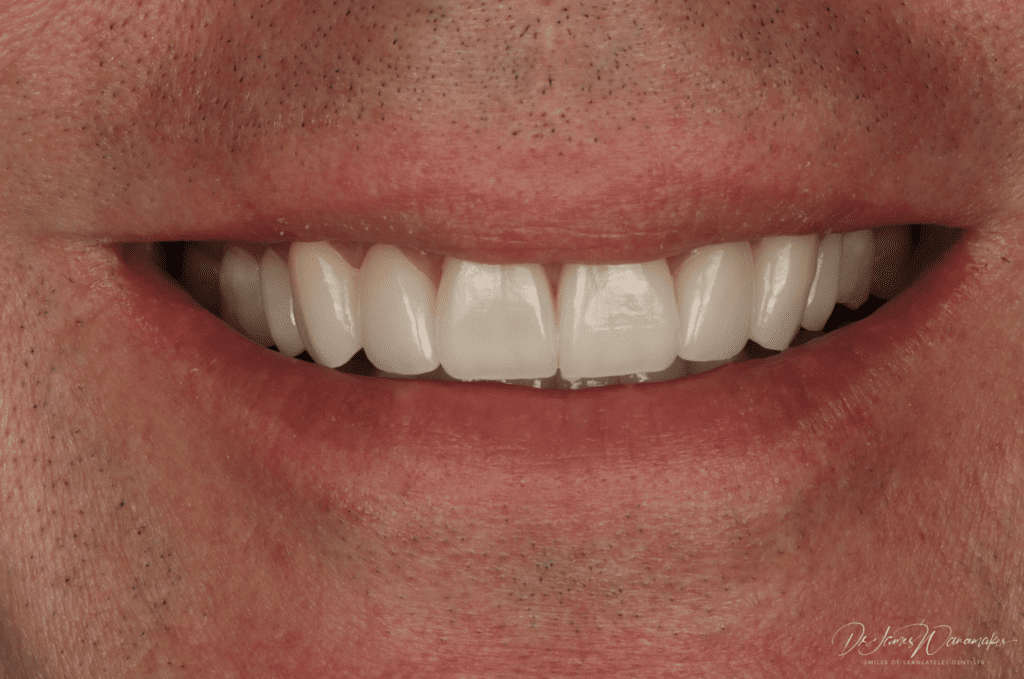When I became a dental practice owner, one of my goals was to simplify our systems. Prior to these changes, we utilized a variety of bonding agents from multiple brands, as well as different types of cements. This always made delivery appointments and training new assistants complicated.
As my practice evolved from single-tooth dentistry to comprehensive full-mouth cases following my Dawson Academy graduation, I needed an indirect delivery system that worked with multiple types of restorations for seamless delivery appointments. Errors during delivery can lead to increased chair time, higher costs, and patient dissatisfaction.
By using a system where all components work seamlessly together, one can minimize these risks and enhance the overall treatment outcome.
In my previous article, I reviewed Adhese® Universal from Ivoclar and how that simplified my bonding protocols. Utilizing Variolink® Esthetic Cement was the natural choice for indirect restorations given how this system includes Adhese Universal as the bonding agent and I was already using it for my direct restorations.
Case Study Using the Variolink Esthetic System
In this case, below we will review a worn dentition with multiple types of restorations delivered with the Variolink Esthetic system.
The patient was a male in his mid-fifties with a chief complaint that he was chipping and wearing his teeth (Fig 1-2).


He also noted that he was having increased sensitivity to cold on some of the worn teeth with exposed dentin. We ruled out the airway as a contributing factor to his bruxism. Of note is that he had four premolar extractions in his teens.
During his advanced records appointment, we noted a shift from centric relation to maximal intercuspation that would give us potential restorative space. He was also in group function with posterior interferences.
We initially phased treatment with limited Invisalign to improve the lower crowding. We followed the Invisalign with resin injection molding to get him back into centric relation and gain the restorative space (Fig 3).

He was also equilibrated with canine guidance per the Dawson Academy protocol. The injection molding resin would also serve as long-term provisional treatment and buildups to confirm his occlusion was stable before we converted some of the teeth to porcelain. We made minor changes to the esthetics and occlusion at this point.
After an extended period of time, we converted #4, 6-11, 13, 18, 19, 22, 27, 30 and 31 to indirect restorations. The remaining teeth (2-3, 14-15, 20, 29) remained with resin injection molding as the definitive restorations due to the minimal amount of material added. The anterior teeth were a combination of IPS e.max® Press veneers and partial crowns while the posterior molars were crownlays (Fig 4).

Prior to delivering the restorations, we tried them all in with the Variolink Try-In Paste. Given the variety of preparation designs, I used both Variolink Esthetic® LC (light cure) cement (Fig 5) for the veneers and DC (dual cure) cement for the crownlays.

This made the delivery day straightforward as we could use the coordinated Ivoclean®, bond (Adhese Universal), and primer (Monobond® Plus) for all the restorations and we would only have to switch between LC and DC cements based on the type of restoration.
Beyond the versatility of Variolink Esthetic in both the anterior and posterior, I find the Variolink Esthetic Try-In Paste with multiple shades especially useful. While for the majority of my cases I use the neutral shade, having a warm and light shade is beneficial when I need to make minor changes to the color temperature on delivery day. This has saved me valuable chair time avoiding sending restorations back to the lab.
Recently, Ivoclar added a white opaque shade that will be useful for masking discolored tooth structure in my future cases. In this case, we did not need to modify the color so we used the neutral shade (Fig 6).

In Conclusion
In conclusion, utilizing the Variolink Esthetic system has proven transformative in my practice, especially evident in the complex worn dentition case detailed above.
By standardizing our cementation process with a versatile system, we streamlined our delivery appointments significantly.
If you want to try the Variolink system Ivoclar is offering a complimentary trial kit through this link.


